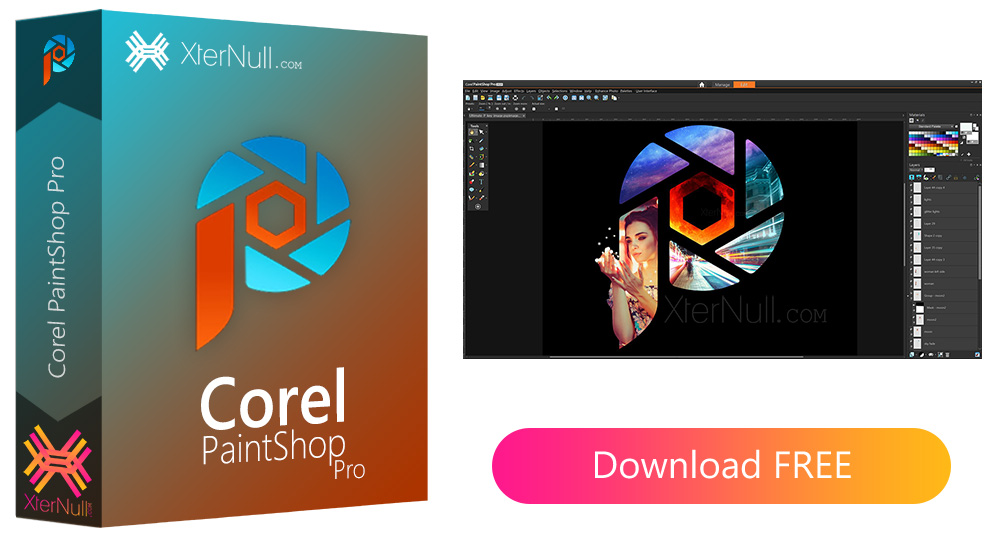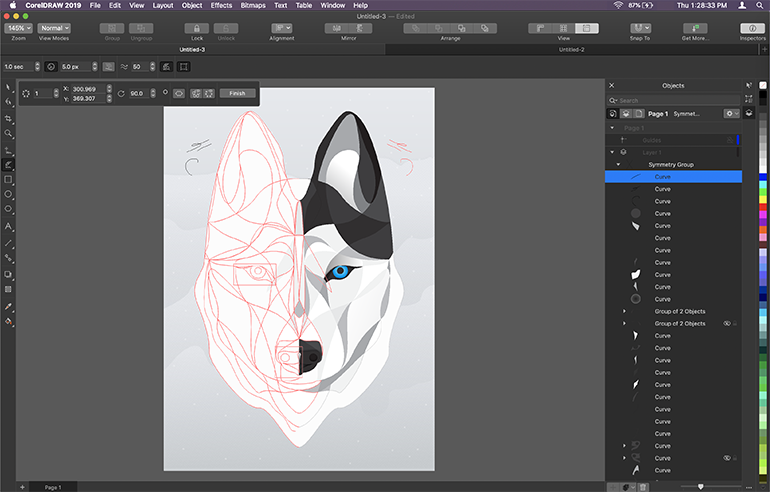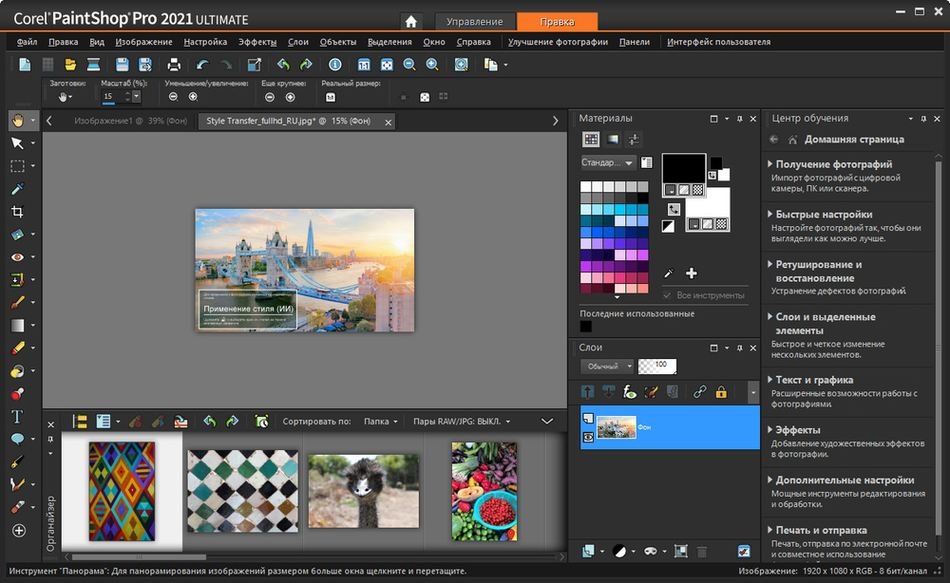
If you don't want the full-fat version of Photoshop, you may find Photoshop Elements a bit easier to get on with - keep reading this guide to see if that might be better suited to you. Plans from Adobe are fairly priced considering the variety of tools you have access to for $19.99 a month, you can purchase a subscription to Photoshop and Lightroom together, which is an excellent deal if you regularly use both apps. We'd love to see this added in a future update. But, the one feature that would be ideal for astrophotographers in Photoshop CC is the ability to automatically stack images rather than having to line them all up manually, which is tedious and time-consuming. Layers are essential for creating a star trail image where hundreds of photos are combined or revealing the soft light of a nebula from many stacked frames. The layers can be moved around, merged, painted, hidden, or have holes cut in them.

Layers give you the option to build complex effects in your images. Of course, it can also be painstakingly manually created like in the good old days if you'd rather! Selections can be automatically identified using Adobe Sensei, a cloud AI tech that allows the subject of a photo to be accurately selected just by choosing a menu option.


Photoshop uses selections and layers in its editing process, allowing you to, for example, select only the sky in an image and edit this independently from the land or foreground, which we think is an incredibly useful feature for editing astro images. We looked at all the pros and cons of this powerful software in our Adobe Photoshop review. Although there is a learning curve, it is an excellent tool for astrophotographers and the industry-standard photo editing app that is extensively used worldwide.

Much like Lightroom, Photoshop CC is the app that many other image-editing software makers use to model their interfaces.


 0 kommentar(er)
0 kommentar(er)
